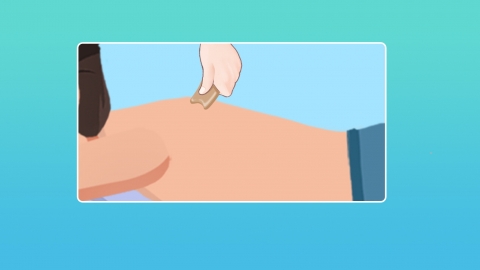Can scraping therapy be used for a stiff neck caused by cervical spondylosis?
Generally speaking, whether cupping therapy can be used for a tightness sensation in the head caused by cervical spondylosis needs to be determined according to the specific circumstances. Cupping is usually applicable when the symptoms are mild and there is no skin damage; however, if the symptoms are severe or accompanied by skin injuries or acute inflammation, cupping is generally not recommended. Detailed analysis is as follows:

When the tightness sensation in the head caused by cervical spondylosis is mild, manifesting only as aching, pressure, or tightness in the head, and the skin on the neck and head is intact without redness, swelling, or injury, cupping therapy may be appropriate. Applying moderate cupping on related acupoints of the neck and head can promote local blood circulation, relieve muscle tension, and reduce the discomfort of tightness in the head.
If the tightness sensation in the head caused by cervical spondylosis is severe, accompanied by intense pain, dizziness, nausea, or if there are skin injuries, ulcers, or acute inflammation present on the neck or head, cupping therapy should not be used. In such cases, cupping might intensify local irritation, worsen symptoms, and potentially lead to skin infections or other complications.
To alleviate the tightness sensation in the head caused by cervical spondylosis, it is important to maintain correct sitting and standing postures in daily life, avoid prolonged periods of looking down, and regularly exercise the neck. Appropriate warm compresses and gentle neck massages can also help strengthen neck muscles and reduce the occurrence of head tightness.




